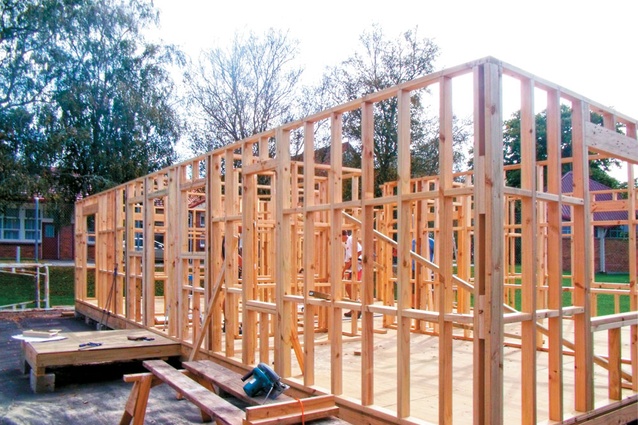Restricted Building Work is coming
Restricted Building Work (RBW) is coming, making it essential to be a Licensed Building Practitioner (LBP) and to keep up to date with information relevant to your sector.
From 1 March, any structural and/or weathertight renovations to residential houses or new builds can only be carried out or supervised by a LBP. The design of renovations and new buildings will also have to be done by aLBP, a Chartered Professional Engineer or a Registered Architect.
The aim of the RWB is to ensure that critical building work, including design and construction, is carried out by competent professionals. This also applies to the design of any fire-safety systems such sprinklers or alarms in apartment buildings that fall into the RBW category, namely those that include two or more residential units and facilities (such as garages, foyer, laundry), do not include commercial units or facilities, and has a maximum height of less than 10 metres.
All building consent applications that include RBW will need to be accompanied by a memorandum (certificate of design work) from the designer, architect or engineer. The memo needs to highlight the restricted work, any waivers or modifications that are being applied for, and include a declaration that the building consent plans comply with the building code. The owner (or their agent) is also required to notify a Building Consent Authority (BCA) in writing which LBPs will carry out the construction of restricted work either when the building consent is lodged or prior to work commencing.
When inspections are booked, the consent authority will check that they have been notified of the LBPs involved in the next phase of the construction process. If construction commences without the BCA being told which LBPs are carrying out the work, then it may issue a notice to fix which will stop the building work until they have been notified. Each LBP carrying out restricted work is required to provide the owner and BCA with a record of work memo to confirm what work they have done or supervised (even if there is more than one LBP on site).
Failing to provide a memo within a reasonable period of time is an offence and LBPs cannot withhold memos as a means of leveraging for payment. If they do, they could face disciplinary action by the Building Practitioners Board. If an LBP changes during the construction process, the BCA needs to be informed as soon as possible. The departing LBP is required to provide a memo recording at which point they started and stopped the restricted work and the incoming LBP will need to record at which points they commenced and completed RBW.
Given this requirement, it is good practice for all LBPs to take photographic evidence to record their start and stop points, and to keep a copy of the memo for their own records. The certificate of work memo also needs to be given to the BCA when the owners (or their agent) apply for a code of compliance certificate. Both homeowners and tradespeople have an obligation to ensure that they meet RBW criteria and that whoever is carrying out the work is licensed to do so. If not, they can risk being fined up to $20,000.
It is currently taking between four to six weeks for a completed application to become an LBP to be processed and assessed, and people needing to apply or renew their licence before the March deadline should take this into account. Building practitioners should also check the licensing status of their specialised subcontractors such as brick and block layers, external plasterers and specialised roofers.
For further information about LBP or RBW, please visit www.dbh.govt.nz/lbp
Administered by the Department of Building and Housing, the LBP trade licensing scheme was introduced in 2007 in order to encourage professional skills and business best practice in the building construction industry. There are currently seven licence classes: design; site; carpentry; roofing; external plastering; brick and blocklaying and foundations.










